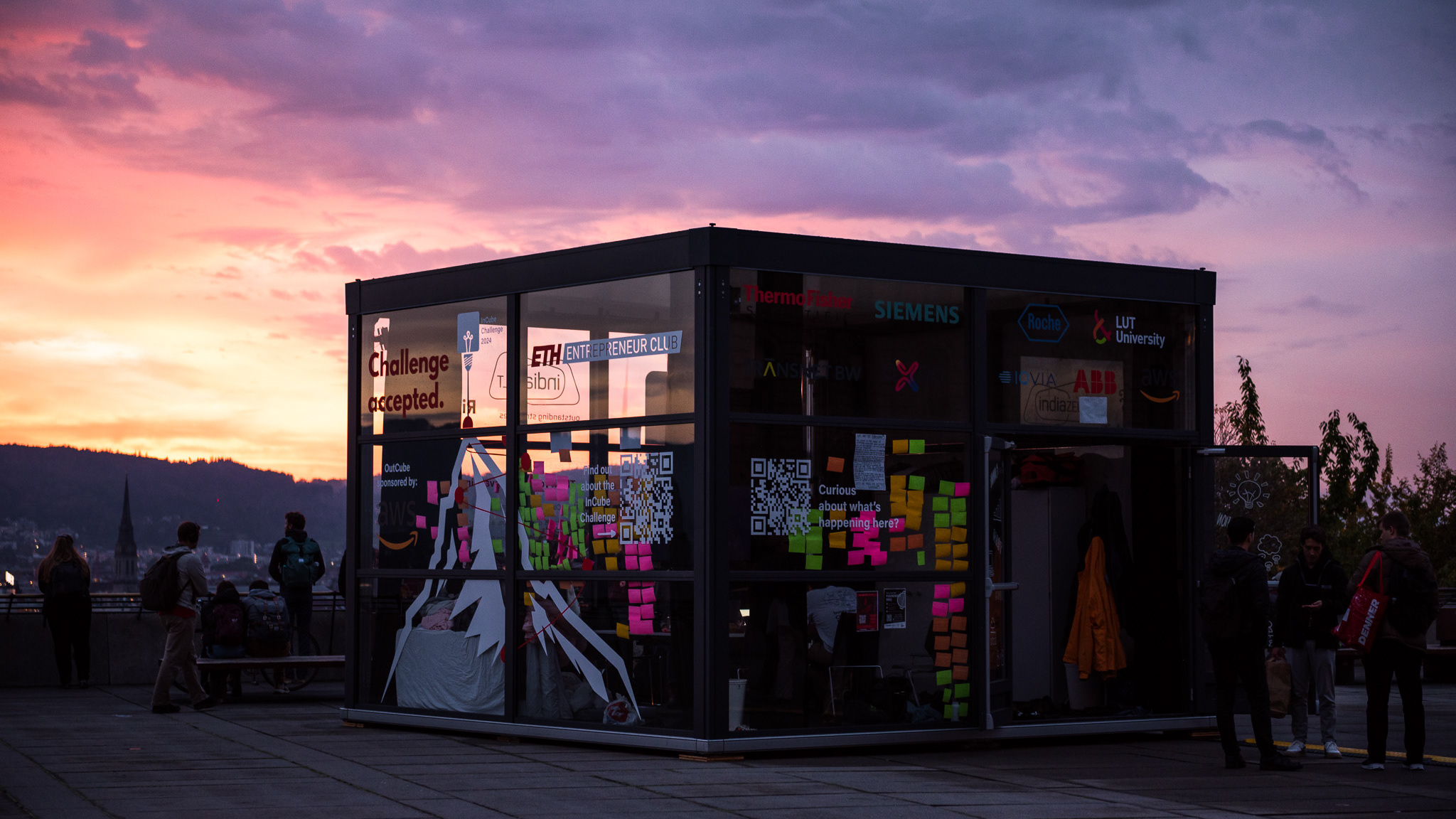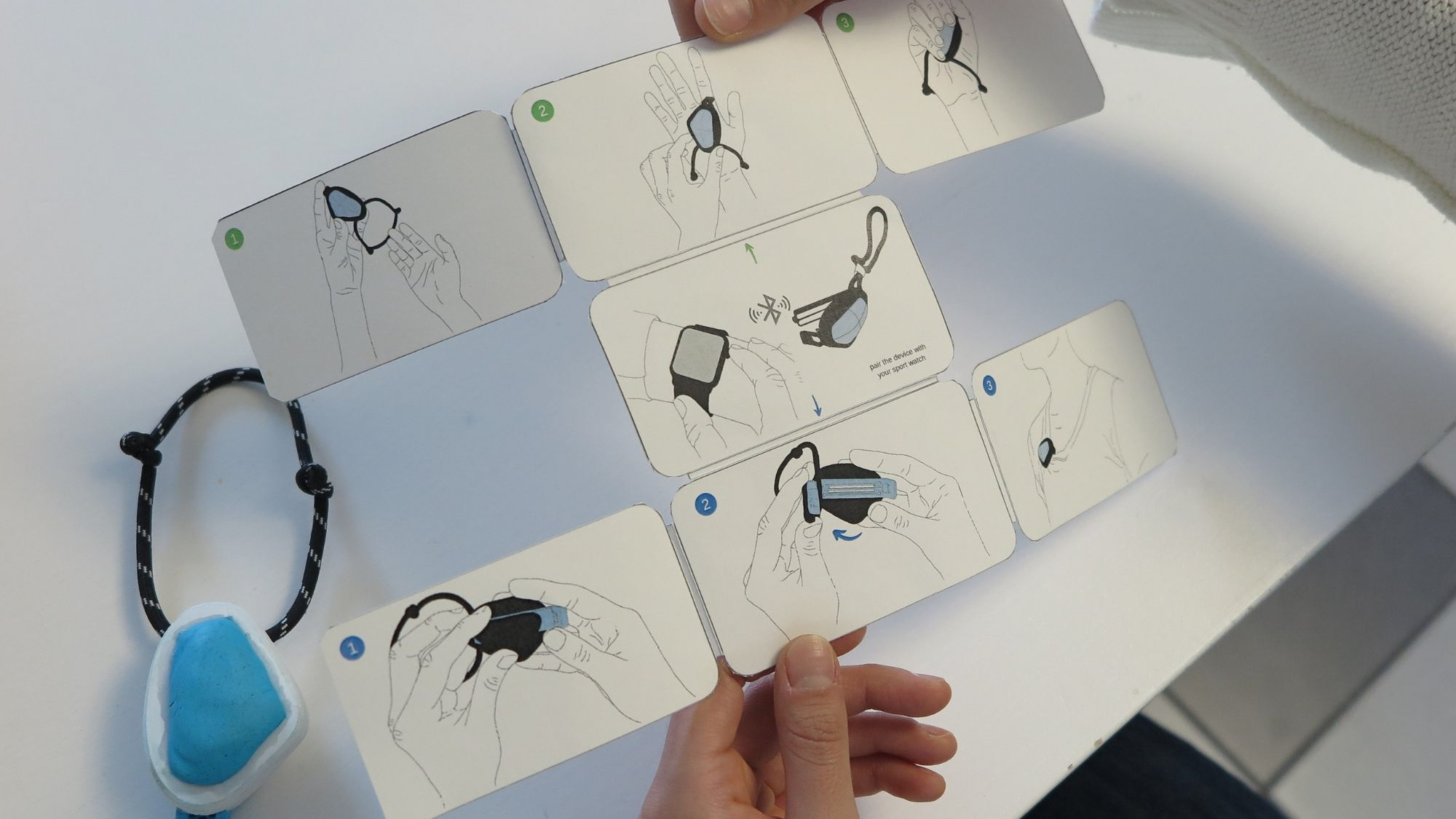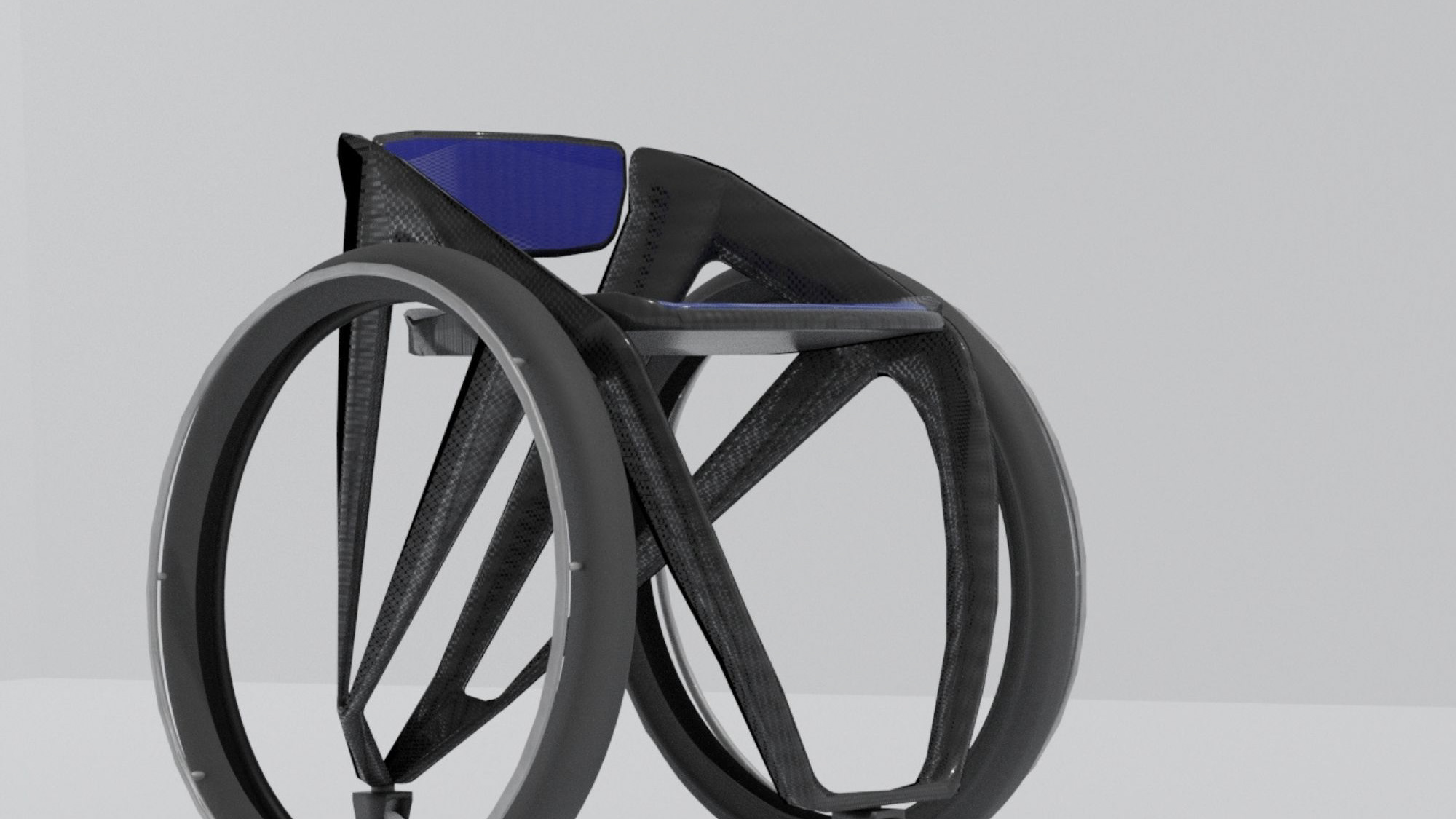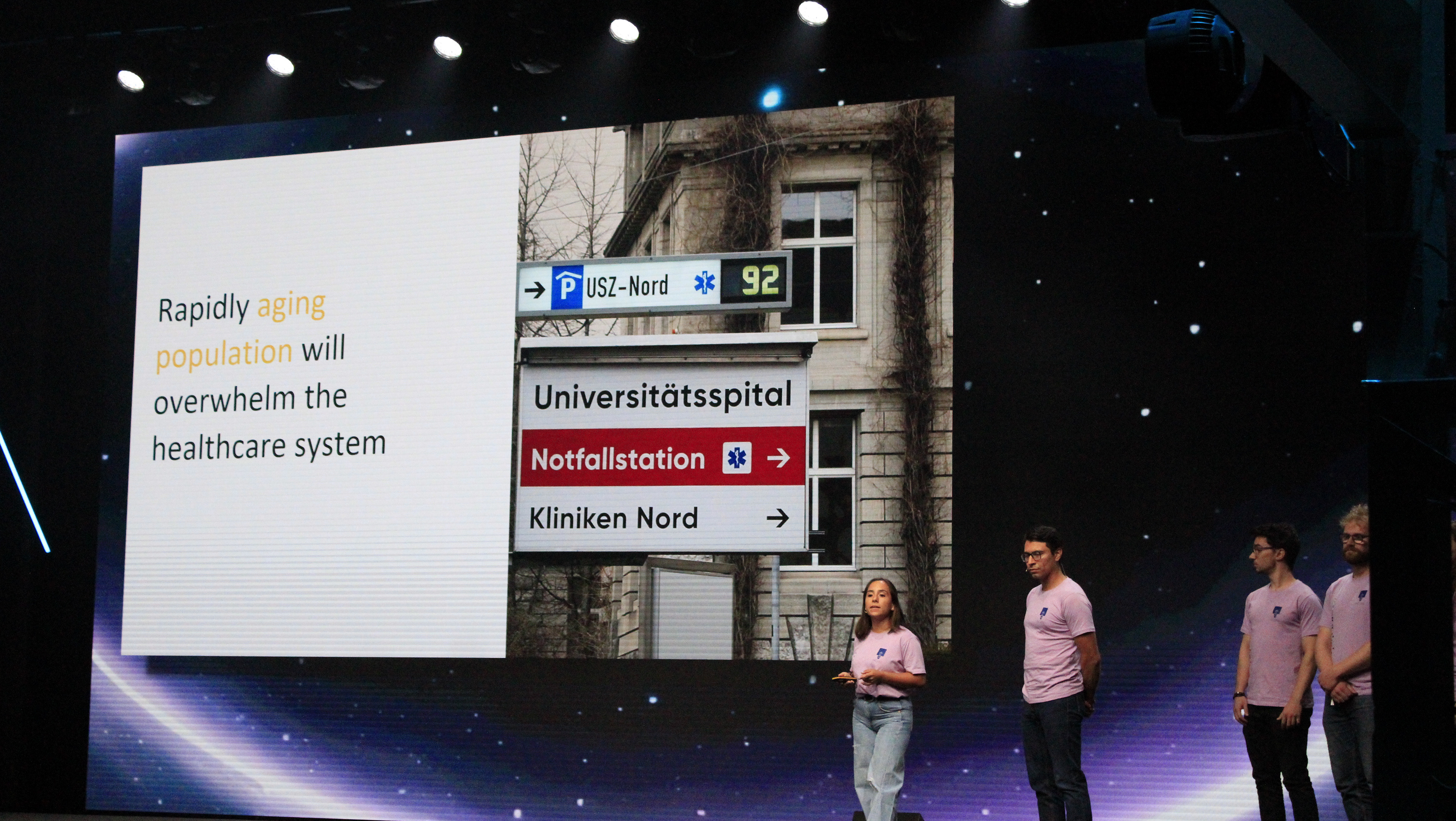University libraries are evolving into more than just book repositories — they’re becoming collaborative, technology-enabled learning hubs. At HSLU, the challenge was to explore how design and technology could optimize library spaces to better serve a diverse community of students and researchers.
How might we use technology and design to create an optimal learning environment that encourages collaboration, supports focused work, and integrates digital tools into library resources?
Methods & Tools:
Questionnaires and interviews with library users (Master’s students)
Journey mapping, empathy mapping, and persona development
Spatial analysis and sub-theme clustering
Paper prototyping and digital UI mockups
Information architecture and design system creation
Focus Area: Library spaces — specifically:
Creating dedicated study zones
Reconfiguring existing layouts
Integrating technology into the physical space
Solution
A service ecosystem for HSLU Libraries combining:
- Reconfigured physical spaces for collaboration, quiet work, and hybrid learning.
- Integrated technology: AI-assisted book search, digital workstation booking, and real-time space availability.
- User onboarding system connecting students’ university accounts with the library network for a personalized experience.
The concept was supported by a visual identity and design system tailored to the HSLU brand while enhancing clarity and usability.
Impact
- Generated actionable design proposals for HSLU’s future library planning.
- Improved clarity in wayfinding, booking, and resource access in prototypes.
- Provided a scalable service model adaptable to other university libraries.
This project strengthened my ability to combine service blueprinting, user research, and spatial design thinking into a holistic proposal. It also reinforced the importance of integrating digital tools seamlessly into physical spaces to support diverse study styles.







